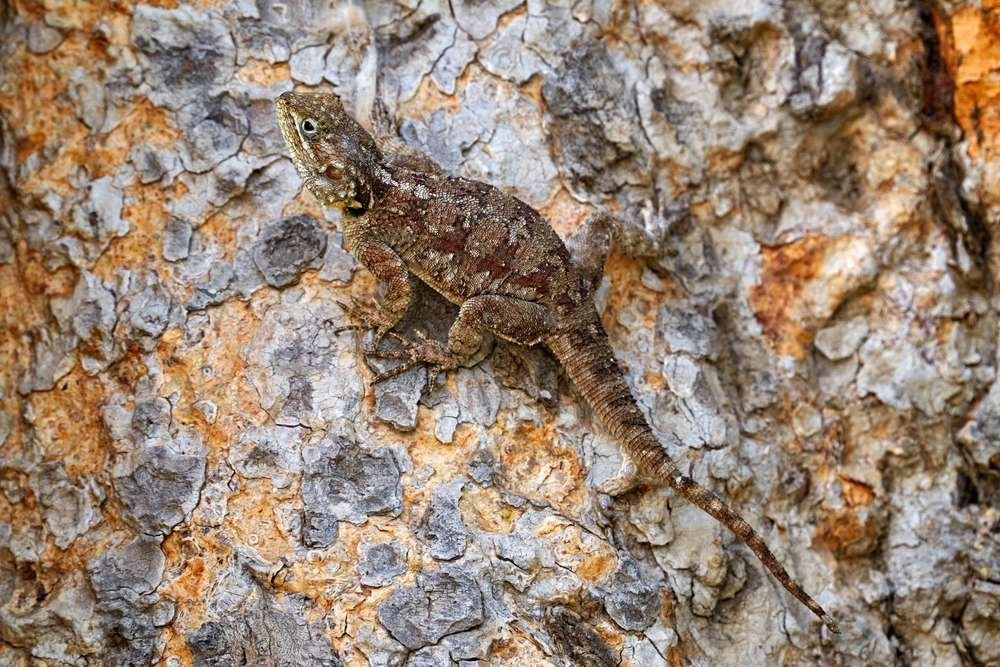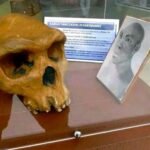Zambian Agama
( Branchi's Agama )
- Acanthocercus branchi
- IUCN Status: Least Concern
- Threat: harmless
- Venom/Toxin: none
- Trend: uncomfirmed

- Phylum: Chordata
- Class: Reptilia
- Order: Squamata
- Suborder: Iguania
- Family: Agamidae
- Genus: Acanthocercus
Share:
General Information
The Zambian Agama or Branchi’s agama is a recently identified species of agama lizard endemic to Zambia. It is morphologically similar to A. a. gregorii and A. a. loveridgei, but seems to be more closely related to the former
Fun Facts!
Agama lizards are Africa’s most dominant lizard species. They are ambush foragers and only spend 4% of their time moving. This involves an average of less than one movement in two minutes. Even though they are mostly stationary (42% on lateral branches, 35% on tree trunks and 23% on the ground) they can move extremely fast and are able to jump high when escaping. They are known to slowly change colour over-time either for dominance, camouflage or mating season.
Description
It is a small agama lizard found only in Zambia. It is differentiated from other Agama lizards in that it has transverse rows of enlarged scales on the body, large black patch on the shoulders, and a different pholidosis (or scale pattern).
Ecology and Behaviour
The Zambian Agama lizards are very dominant and aggressive. Males usually fight with other males. With agamas, their dominance in the group is determined through fights. A dominant male is brightly colored and this male enjoys the privileges of mating with females and also gets the best place to rest.
Diet
Reproduction
Conservation
It is categorized by the International Union for Conservation of Nature (IUCN) as a, ” Least Concern “.
Distribution and Habitat
The new species is known from localities within the Luangwa (Chipata, Chikowa, Sayiri Court) and Zambezi (Lusaka) valleys in Zambia. It is endemic to Zambia.
This new species is a tree dweller as it is typical for agama lizrds although not for all subspecies. In Chipata, it was collected in the dense Miombo woodland with large trees and a structured canopy. In Lusaka, it was captured on a solitary tree. At both localities, other individuals were also observed, but it was not possible to identify them as males or females. Specimens from Pioneer Camp were observed while climbing on tree trunks.
Interaction with humans
Agama lizards are persecuted in some areas due to a belief that they are harmful when infact they are not even though they do bite when confronted. It is believed that they are used by traditional doctors to make covert love potions.
No donation to this project yet.
| M | T | W | T | F | S | S |
|---|---|---|---|---|---|---|
| 1 | 2 | 3 | 4 | 5 | 6 | 7 |
| 8 | 9 | 10 | 11 | 12 | 13 | 14 |
| 15 | 16 | 17 | 18 | 19 | 20 | 21 |
| 22 | 23 | 24 | 25 | 26 | 27 | 28 |
| 29 | 30 | 31 | ||||


